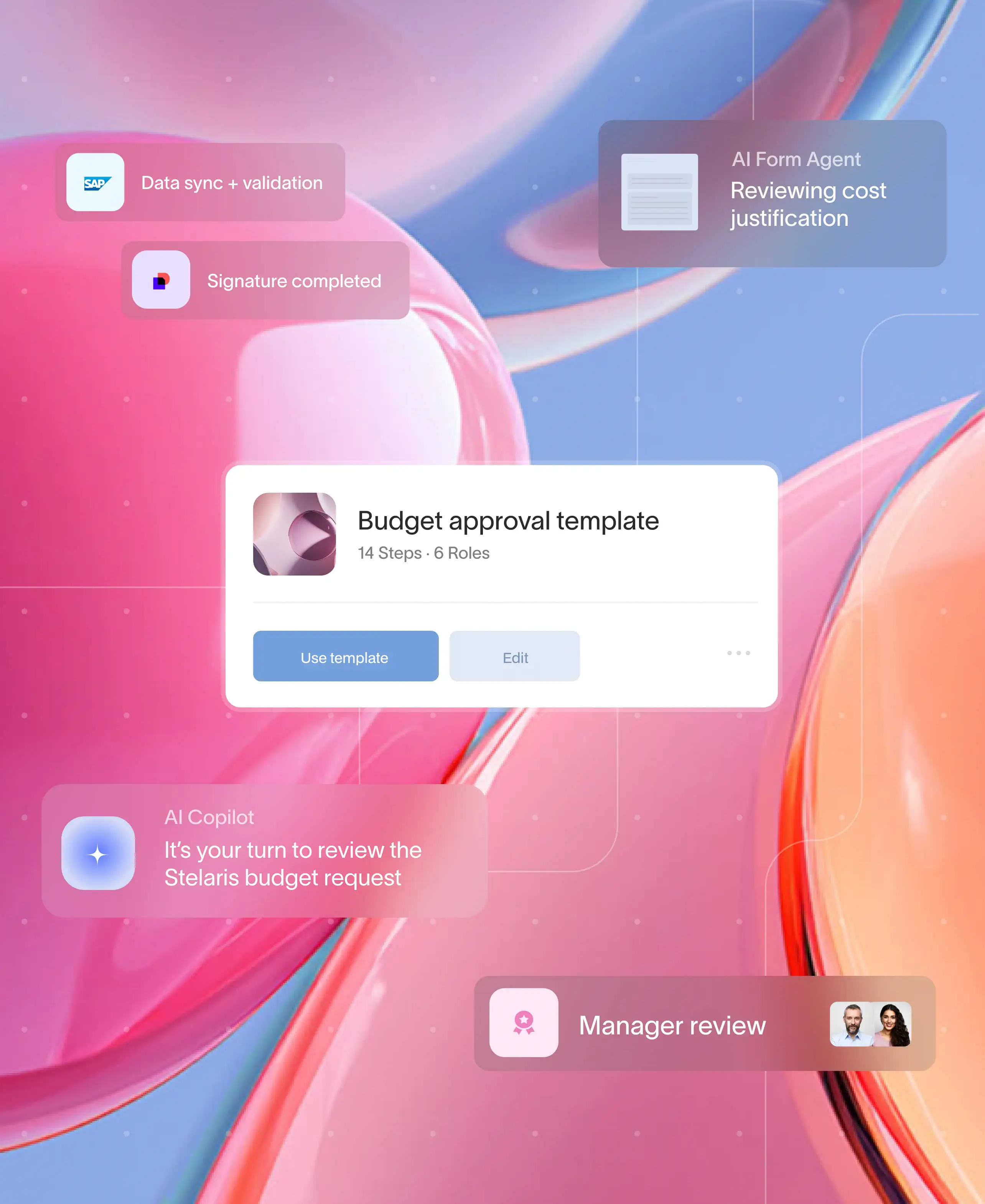.jpg)
Modern consumers increasingly value personalized experiences and tailored interactions with the brands they choose. This evolving preference has elevated high-touch customer service engagement to a crucial factor in building and maintaining brand loyalty. Businesses that excel at providing attentive, customized service are more likely to forge lasting connections with their customers, resulting in higher satisfaction rates and reducing customer churn.
What is high-touch customer service?
High-touch customer service is a personalized approach to interacting with clients, emphasizing direct, frequent, and meaningful engagement. It involves moving beyond generic support to offer tailored solutions that meet individual customer needs. Businesses can identify high-touch customers by analyzing engagement patterns, such as frequent purchases, high-value transactions, and regular interactions with support or account teams. Monitoring these behaviors alongside customer feedback and loyalty metrics helps pinpoint those who benefit most from personalized, hands-on service.
High-touch customer service focuses on building strong relationships with high touch customers by providing exceptional experiences that resonate on a personal level.
Businesses that adopt a high-touch customer service model prioritize customer success by ensuring that every interaction adds value to the client. This means understanding the customer's business, anticipating their needs, and delivering solutions that help them achieve their goals. This can be done most effectively with a client portal. By investing in high-touch customer service, businesses can differentiate themselves in the marketplace, foster customer loyalty, and drive long-term growth.
In this context, high touch customers are those clients who require or benefit from a more personalized, attentive service approach.
High-Touch vs. low-touch: Making the distinction
Understanding the difference between high-touch and low-touch models is crucial for aligning your customer engagement strategy.
High-touch model for customer success
- Interaction level: High frequency of personalized, direct interactions.
- Customer involvement: Deep understanding of individual client needs.
- Service delivery: Customized solutions and proactive support.
Implementing a high touch model for customer success can significantly improve customer satisfaction and retention rates. By investing in a deep understanding of each client's unique needs, businesses can deliver customized solutions that foster success.
Low-touch model
- Interaction level: Minimal direct contact, often relying on automation.
- Customer involvement: Limited personalization.
- Service delivery: Standardized solutions with self-service options.
The low touch model can be a great fit for certain types of businesses. By recognizing where your business fits, you can tailor your approach to maximize customer satisfaction.
Key characteristics of high-touch customer service
The high touch customer experience is characterized by several key elements that distinguish it from low-touch approaches:
- Personalized communication: Engaging with customers through customized messages and channels they prefer.
- Proactive support: Anticipating client needs before they arise, demonstrating genuine care.
- Dedicated account management: Assigning specific team members to nurture and manage customer relationships.
- Customized solutions: Offering products or services tailored to individual client requirements.
The benefits of adopting a high-touch model
Embracing a high touch customer success model offers numerous advantages:
- Enhanced customer loyalty: Personalized attention fosters trust and long-term relationships.
- Increased retention rates: Satisfied customers are more likely to remain loyal, reducing churn.
- Higher customer lifetime value: Engaged clients often invest more over time.
- Positive word-of-mouth: Exceptional service encourages customers to recommend your business to others.
- Competitive differentiation: Standing out in a crowded market by offering unparalleled customer experiences.
How does high-touch customer service engagement model work
Implementing a high-touch engagement model for customer success involves a strategic blend of personalized interactions and attentive service. Here's how this high-touch customer experience model operates:
- Customer profiling: Gather detailed information about each client to understand their unique needs, goals, and pain points. Some tools have a forms feature which can be used to collect customer data.
- Dedicated support teams: Assign high-touch customer success managers to serve as primary contacts, ensuring consistent and personalized communication.
- Regular touchpoints: Schedule frequent check-ins, meetings, or calls to stay connected and address any concerns promptly. A centralized client portal is often used to have regular touchpoints with customers.
- Feedback loops: Encourage open dialogue to gain insights and adjust strategies accordingly.
- Continuous improvement: Adapt services based on customer feedback to enhance satisfaction and loyalty.
By focusing on these elements, businesses create a high-touch service model that not only meets but exceeds customer expectations.
Strategies to create exceptional high-touch customer experiences
Building a successful high-touch model requires intentional strategies. Here are actionable ways to elevate your customer service with a high-touch customer engagement model:
- Assign dedicated customer success managers
- Develop comprehensive onboarding processes
- Schedule regular touchpoints
- Leverage customer feedback for continuous improvement
- Personalize communication and marketing efforts
- Provide proactive problem-solving
- Offer exclusive benefits and access
1. Assign dedicated customer success managers
Why it matters: Personalized attention ensures clients feel valued and heard.
How to implement:
- Select team members with strong interpersonal skills and a customer-centric mindset.
- Provide training on the specific needs and preferences of each client.
- Empower managers to make decisions that enhance the high touch customer experience and drive customer success.
2. Develop comprehensive onboarding processes
Why it matters: A tailored onboarding experience sets the tone for the relationship.
How to implement:
- Customize onboarding materials to address individual client goals.
- Offer interactive sessions to familiarize clients with your products or services.
- Follow up with personalized resources and support.
3. Schedule regular touchpoints
Why it matters: Consistent communication builds trust and uncovers opportunities for added value.
How to implement:
- Establish a communication calendar with scheduled check-ins.
- Use preferred channels like phone calls, emails, or in-person meetings.
- Prepare for meetings with personalized agendas focused on client success.
You may use a client portal to have regular touchpoints with customers.
4. Leverage customer feedback for continuous improvement
Why it matters: Actively seeking input demonstrates a commitment to client satisfaction.
How to implement:
- Conduct regular surveys or feedback sessions.
- Implement suggestions where feasible and communicate changes made.
- Use feedback to refine products, services, and processes.
5. Personalize communication and marketing efforts
Why it matters: Tailored messaging resonates more deeply with customers.
How to implement:
- Segment your audience based on preferences and behaviors.
- Identify your ideal client and craft content that connects with them.
- Utilize personalized greetings and references in all communications.
6. Provide proactive problem-solving
Why it matters: Anticipating issues before they escalate enhances client trust and reinforces the high touch engagement approach.
How to implement:
- Monitor customer interactions and usage patterns to identify potential concerns.
- Reach out with solutions or suggestions preemptively.
- Establish protocols for rapid response to emerging issues.
7. Offer exclusive benefits and access
Why it matters: Special perks reinforce the value of the relationship.
How to implement:
- Create VIP programs with exclusive offers or early access to new features.
- Invite top clients to special events or webinars.
- Provide personalized reports or insights that benefit the client.
8. Implement advanced personalization techniques
Why it matters: Deep personalization enhances customer engagement and satisfaction.
How to implement:
- Utilize data analytics to understand customer behaviors and preferences.
- Offer personalized product recommendations based on past interactions.
- Send customized communications that reflect the customer's interests and needs.
Real-world examples of high-touch customer engagement
Several industries successfully implement high-touch models:
- Enterprise software firms: Providing dedicated account managers to guide clients through implementation, onboarding, and optimization.
- Luxury travel agencies: Crafting bespoke travel experiences with personalized itineraries and exclusive access.
- Financial advisors: Offering one-on-one consultations to tailor investment strategies to individual goals.
- Healthcare services: Assigning patient advocates to navigate personalized care plans.
These examples illustrate how a high-touch approach can be adapted across various sectors to enhance customer relationships.
How Moxo enables high-touch customer engagement
At Moxo, we specialize in streamlining client interactions to facilitate a high-touch engagement model. Our platform enables businesses to:
- Centralize communication: Keep all client interactions in one place for easy access and management with the help of Moxo’s client portal.
- Automate routine tasks: Automation lets your team focus on personalized service where it matters most.
- Enhance collaboration: Seamlessly share documents, updates, and feedback with clients with our document management system.
- Ensure security: Protect sensitive information with robust security features.
By leveraging Moxo's tools, businesses can efficiently manage high-touch customer service without compromising on quality or personalization. Our platform is designed to support the high touch model for customer success, enabling companies to deliver exceptional service while streamlining operations.
Get started with Moxo to offer your customers a best-in-class customer experience.
Conclusion
Elevating your customer service through a high-touch engagement model isn't just about increasing touchpoints—it's about making each interaction meaningful. By deeply understanding your clients and tailoring your approach, you create experiences that not only satisfy but delight. Whether you're in finance, accounting, healthcare, or any other industry where customer relationships are paramount, implementing a high touch model for customer success can drive significant benefits.
Remember that high-touch engagement doesn't have to be overwhelming or unmanageable. With the right strategies and tools, such as those offered by Moxo, you can efficiently deliver exceptional service that delights your customers. Start embracing the high touch service model today to elevate your customer engagement and propel your business forward.
Get started with Moxo to offer your customers a best-in-class customer experience.
FAQs
How can small businesses implement a high-touch model without extensive resources?
Small businesses can focus on quality over quantity. Prioritize your most valuable clients and offer them personalized experiences. Utilize technology like Moxo’s client portal to track interactions and preferences, enabling you to personalize communication effectively without a large team.
What industries benefit most from a high-touch customer engagement model?
Industries that offer complex or high-value products and services, such as finance, healthcare, and technology often see significant benefits. Any business where customer relationships are critical to success can gain from a high-touch approach.
Can technology replace human interaction in a high-touch model?
Technology should enhance, not replace, human interaction. Tools like Moxo can streamline processes and manage data, allowing your team to focus on building relationships. Automation can handle routine tasks, but personalized service relies on genuine human connections.
How do I measure the success of my high-touch customer engagement efforts?
Key metrics include customer satisfaction scores, net promoter scores (NPS), retention rates, and customer lifetime value. Regularly reviewing these metrics alongside qualitative feedback provides a comprehensive view of your engagement success.
How can businesses balance scalability with a high-touch engagement model?
Balancing scalability with a high-touch engagement model requires leveraging technology to streamline processes while maintaining personalization. Businesses can use tools like Moxo to automate routine tasks, and free up time for personalized interactions. This way, businesses can scale their high-touch customer service without sacrificing quality.





